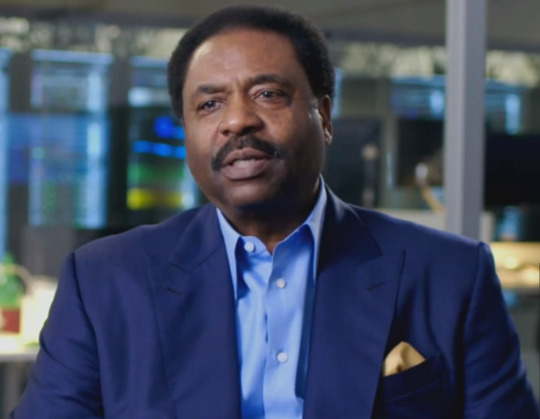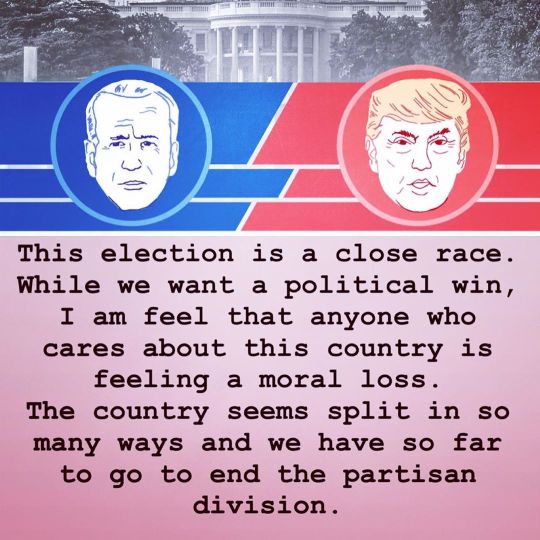#PoliticalAdvocacy
Explore tagged Tumblr posts
Text
David L. Steward From Adversity to Empowerment - A Beacon of Success
🌟 Independent Journalism & Media is Thrilled to share the inspiring journey of David L. Steward, a true visionary and leader! From business success to community empowerment, 🚀 #Let's celebrate, #Empowerment, #MakingADifference together! 💼
By Jordan The Producer David L. Steward’s life story reads like a testament to the power of perseverance and vision. Born in Chicago, Illinois, on July 2, 1951, Steward faced the harsh realities of poverty and discrimination from a young age. Yet, against all odds, he rose to become an emblem of success and empowerment, leaving an indelible mark on the business world. Steward’s journey began in…

View On WordPress
#AdvocacyMatters#BuildingBrighterFutures#BusinessSuccess#ChampioningChange#CivicEngagement#CommunityImpact#DiversityInLeadership#EducationalExcellence#EmpoweringCommunities#Empowerment#EqualityMatters#InclusiveLeadership#InnovativeLeaders#InspiringLeadership#JusticeForAll#LeadershipGoals#LeadingByExample#MakingADifference#PoliticalAdvocacy#SocialResponsibility
0 notes
Photo

My thoughts on this election, what it means for our country and for all of us. #election2020 #potus #presidentialelection #vote2020 #trump #biden #socialadvocacy #socialactivism #politicaladvocacy #electioncoverage (at White House, Washington DC) https://www.instagram.com/p/CHLy0sABsl6/?igshid=6d0ej6m3993b
#election2020#potus#presidentialelection#vote2020#trump#biden#socialadvocacy#socialactivism#politicaladvocacy#electioncoverage
0 notes
Text
Is my organization allowed to lobby? Rules for 501c (3) and 501c (6)
Often, we’ll receive emails from staff at 501c (3) organizations stating that because of their IRS classification, they cannot and do not engage in any advocacy. This is a misperception. Be advoca-savvy (ok, so this word doesn’t quite work...but you get the idea! Be savvy about advocacy and you won’t run into IRS tax dilemmas).
Generally, lobbying includes any communications that express a clear view either in support of or in opposition to a specific piece of legislation. Lobbying is advocacy conducted by an organization reflecting its views on certain items of legislation.
There are two types of recognized lobbying: direct and grassroots lobbying.
Direct lobbying describes communications an organization issues to influence a piece of legislation by targeting a certain government official(s). Direct lobbying also includes all Calls to Action issued by an organization to its members, prompting them to engage and contact lawmakers. Other communications between an organization and its membership is not considered lobbying.
In comparison, grassroots lobbying generally encompasses communications to non-members (i.e., the public) about a specific piece of legislation, urging them to take action (and influence general sentiment on a piece of law). Federal tax law and the IRS limit grassroots expenditures more strictly than direct lobbying efforts.
Regardless of its classification as direct or grassroots, all lobbying activities exercised by an organization must be documented. All researching, mailing, expenses, etc. must be accounted for.
501c (3)
All 501c (3) organizations are legally allowed to lobbying at all levels of government, although several restrictions are in place and lobbying cannot be a significant part of the group’s agenda.
For purposes of clarification, 501c (3) organizations are not permitted to engage in political campaign activity (no direct sponsorship or involvement in a candidate’s political aspirations).
Financial Constraints
Rules and regulations state that annual lobbying cannot exceed the sum of:
20% of the first $500,000 of an organization's exempt purpose expenditures, plus
15% of the second $500,000 of such expenditures, plus
10% of the third $500,000 of such expenditures, plus
5% of the remainder of such expenditures,
including a maximum budget of $1 million in annual lobbying expenses. Additionally, no more than 25% of total expenditures can be used for grassroots lobbying.
Violating the financial restrictions 501c (3) organizations face in lobbying efforts may result in the loss of their tax-exempt status.
501c (6)
Unlike the set of lobbying restrictions 501c (3)’s are bound by, 501c (6) organizations are allowed to lobby freely. Lobbying efforts must be related to the organization’s business priorities and in line with the professional interests of the membership.
Questions, comments, concerns? Let’s chat below.
0 notes
Text
“We Have Lobbyists, Should We Still Use Advocacy Software?”
The internet, smart phones, and emerging social media channels are all influencing how citizens and organizations relate to their legislators and participate in politics. The government affairs space has been inundated with new technologies, both in the hands of voters and elected officials themselves. In terms of government relations and advocacy, these new tools are providing a meaningful way for associations and other advocacy groups to amplify their voices.

This increased access to new technologies is changing the very landscape that lobbyists have dominated for decades. The continued adoption of online government relations tools and advocacy software is shifting the dynamics between cause-oriented organizations, associations and elected officials.
With advocacy technology, the unified voice of many members in an organization can be just as powerful as a lobbyist, acting on behalf of the organization.
Emerging technology, and this type of digital advocacy, is redirecting the power back in the hands of constituents, allowing them to move the needle, digitally. In turn, an active membership not only boosts the organization’s voice and visibility in the political scene, but the organization can become a key player in politics. If your association is currently working with a lobbyist, consider supplementing lobbying efforts with a comprehensive member-driven outreach program with advocacy software. Connecting your membership to their legislators is a powerful way to spread your message, and a meaningful way to influence policy.
If your organization is looking to invest in advocacy efforts, consider the importance of engaging and including your membership in legislative initiatives. Policymakers are elected to construct policy and represent their voters through their work, and they rely on outside expertise and opinions of constituents. For professional associations specifically, effectively communicating to lawmakers about the concerns of your membership is powerful. Elected officials learn from communications and advocacy campaigns and only members know best about what is affecting their profession or industry personally.
Advocacy technology not only improves the relations between organizations and lawmakers, but boosts the organization’s efficacy and ability to serve its mission. Advocacy software is an incredibly valuable asset for an association/organization’s legislative agenda and provides a holistic approach to influencing lawmakers- through the voices of the membership.
#politicaladvocacy#advocacysoftware#membership#associations#politics#software#advocacy#lobbying#lobbyists#governmentrelations
0 notes
Text
Wisdom for Associations Looking to Grow Grassroots Advocacy

“The whole is greater than the sum of its parts”
-Aristotle
You’re probably wondering why a blog dedicated to association and nonprofit advocacy is quoting Aristotle...
Consider this post a reminder that an association’s grassroots advocacy efforts are only as strong as the efforts of its membership. That’s why making advocacy easy and empowering for your members is the key to successful government relations.
So, how exactly does the above quote by the famed Greek philosopher relate to advocacy in today’s political climate?
The functionality of the whole is great because of how each part works
The sum of the parts make up a whole
This whole is greater than the individual parts
The functionality of the parts together is what make up the functionality of the whole
If we replace “parts” with “membership” and “whole” with “association” in terms of advocacy, we are reminded that the power of an association is based on the individual power of each of its members. Or more precisely, the advocacy efforts of an association is dependent upon the individual advocacy of each of its members. So, in terms of Aristotle’s musings, powerful association advocacy is dependent on its members, and looks like this:
“The association’s voice is powerful as a result of each individual member’s voice, but the voices alone, without the association, are not as powerful.”
What does all this mean? The net output of your association’s advocacy efforts requires participation of your membership in order to be successful. How exactly do you go about crafting an advocacy plan? Check out these posts here and here and learn how advocacy software can make this process simple. Continuously engaging your members in advocacy is the goal.
0 notes